Please do not purchase both editions. Contact us at gatekeeper@spif.in for access to all modules.
By finding people early in a developing mental health crisis and immediately applying interventions known to reduce personal distress, despair, hopelessness, and emerging suicidal behaviours, Pathfinders are trained to provide emotional support, understanding, compassion and interventions known to reduce suicide risk. Through their interventions, they may help avert the need for speciality mental health care, emergency room visits, and hospitalizations.
What this training program is not:
This training is not a substitute for a college degree in counselling or other helping profession, nor can it provide the face-to-face supervised experience students may need to polish their skills.
The training is interactive, robust, multimedia, evidence-based and evidence-informed. It requires at least 14 hours, plus outside reading of a small book. This is a professional level course in basic mental health, crisis intervention, skilled interviewing, suicide risk detection, and suicide risk mitigation and management strategies, e.g., safety planning, means reduction, and caring contacts.
Designed to produce community-based mental health first responders able to deal effectively with people in a crisis of suicide, the training is built upon an evidence-based public health program that has been used to successfully train more than five million people over the past 20+ years. Thus, Pathfinder training is designed to produce a kind of “super gatekeeper” able to do much more than recognize someone in crisis and refer them to a professional. In one role, they will be qualified to handle task sharing services shifted to them from mental health professionals, thus freeing up mental health providers to handle more severe or complex problems.
Following WHO recommendations, and by using the technology transfer of science-based best-practices knowledge, skills, attitudes, and abilities, the training program targets students in the helping professions, first responders, non-professional natural helpers and care providers, case managers, life coaches, volunteers across the age span, and those in peer support roles. Since helping others bolsters the helper’s own mental wellbeing, health benefits are expected to accrue in both directions. The program will offer an important credential for those working on the front lines of the mental health movement, and may open a new career path for many.
There are TWO editions of the Pathfinder training program:
Adult/Older Adult
Those participants completing the Adult and Older Adult version of the course should be able to:
Youth/Young Adult
Those participants completing the Youth and Young Adult version of the course should be able to:
Upon completion, participants should be able to:
Disclaimer
Please note that our courses are not certified for Continuing Medical Education (CME) and Continuing Rehabilitation Education (CRE) credits. Online courses do not come with the supervision necessary to practise in real life situations. Participant accounts will remain active for one year from the date of purchase, allowing ample time to complete the course.








